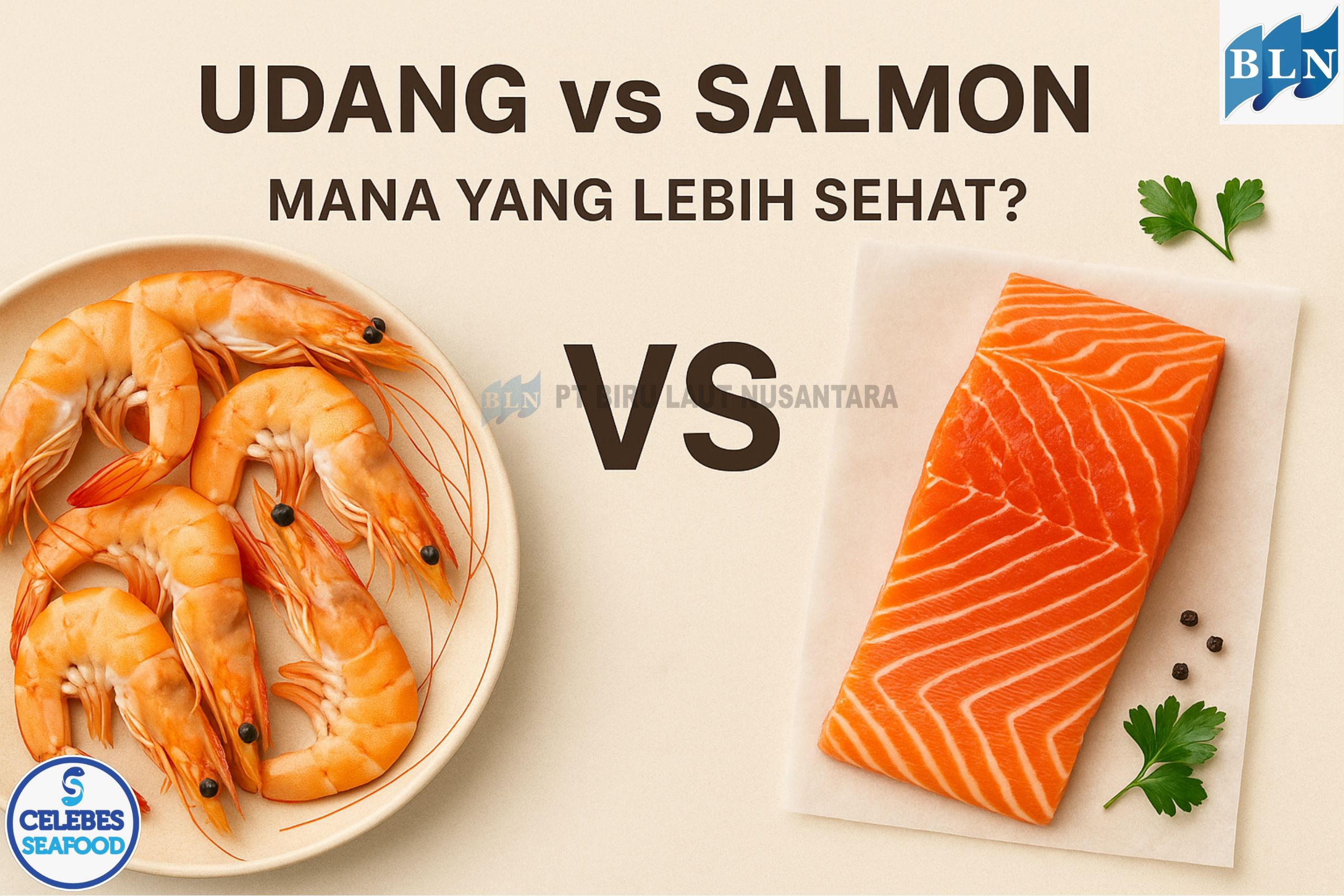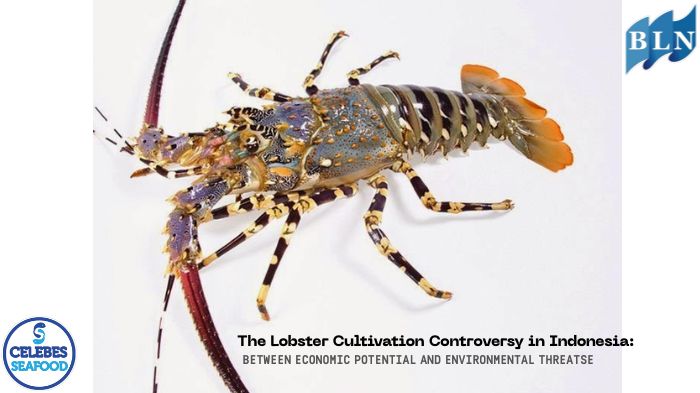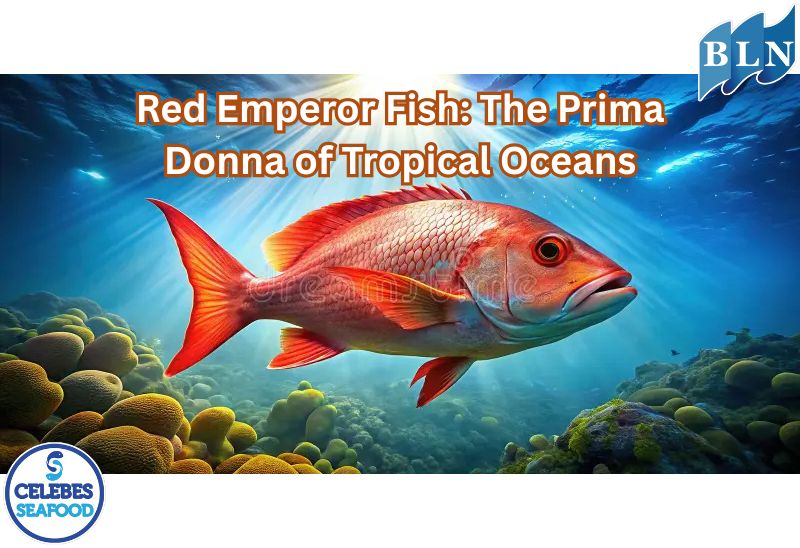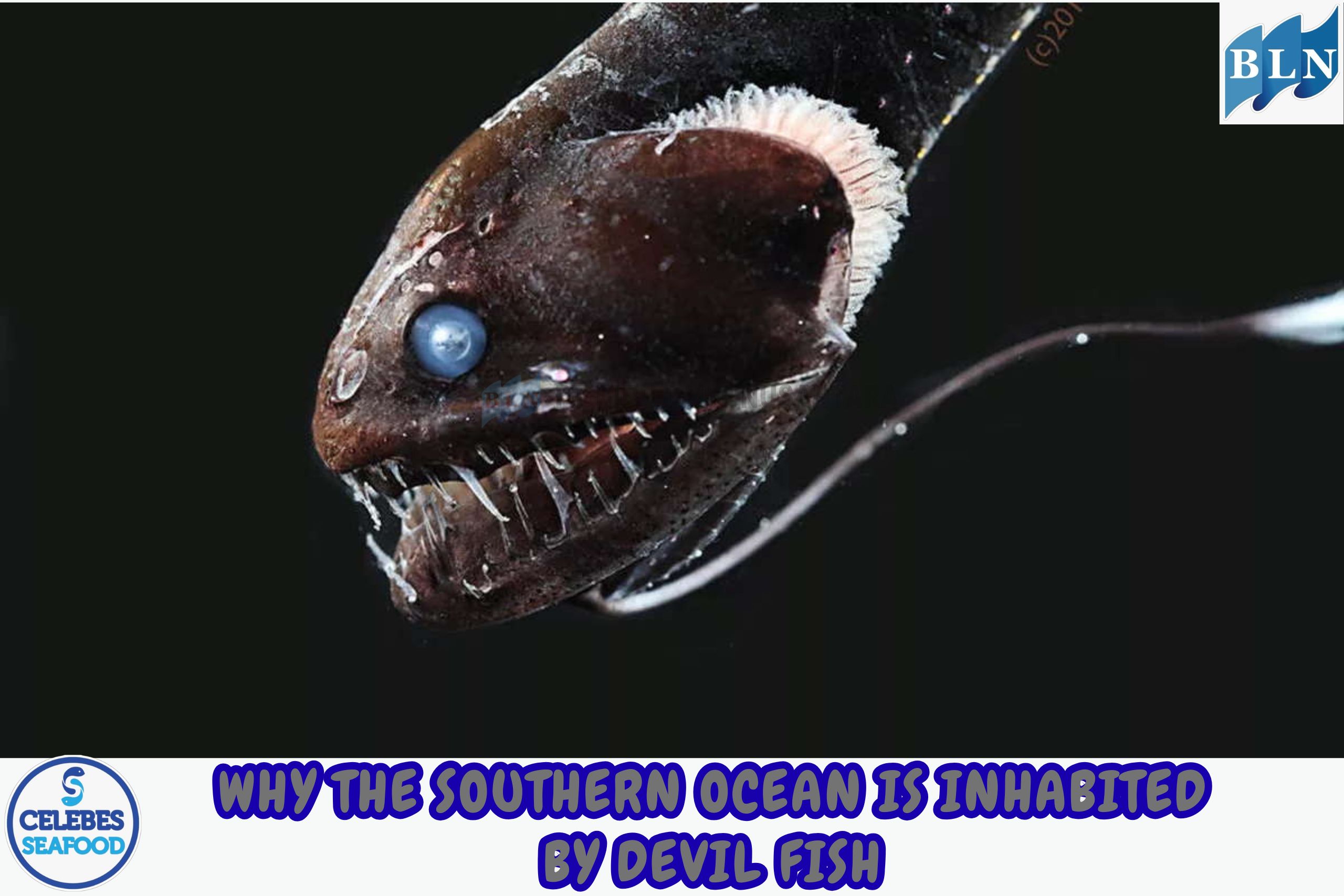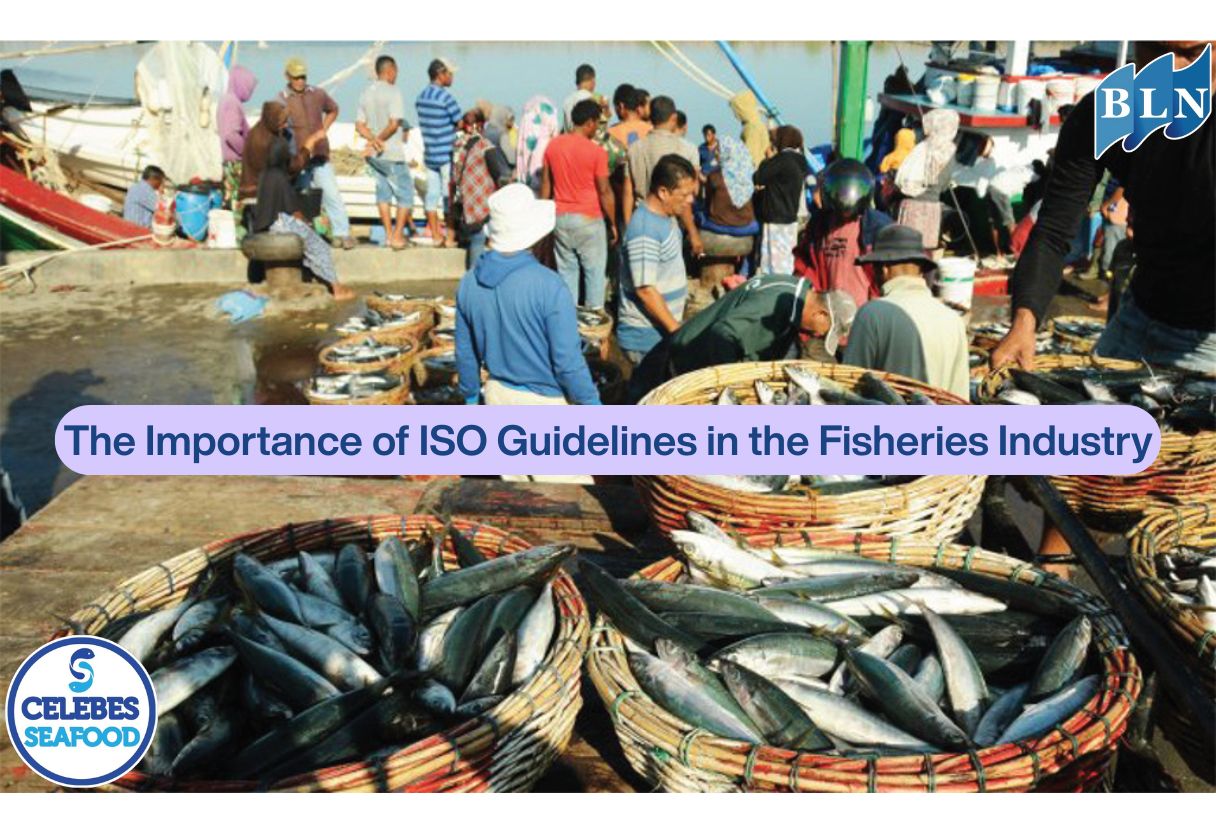Blue Scad (Decapterus macarellus): Deep-Sea Explorer of Indonesian Waters
By. Tri - 10 Jun 2025 Deep-Sea Explorer of Indonesian Waters.jpg)
lautnusantara.com_ When we think of scad, we often picture schools of them swimming near the ocean's surface, a prime target for purse seine fishermen. But beneath this common image, there's a fascinating scad species that holds secrets in the depths: the Blue Scad (Decapterus macarellus). While frequently found in surface waters, this species possesses an adaptability that allows it to explore the "deep sea" or deeper waters, particularly in Indonesian waters.
Understanding the Blue Scad (Decapterus macarellus)
Morphologically, the Blue Scad doesn't differ significantly from other scad species. It has a slender, elongated body with dorsal and anal fins followed by several small finlets near the tail, a characteristic feature of the Carangidae family. Its body color is predominantly bluish on the back and silvery on the belly, providing effective camouflage in open waters. This fish is a vital source of animal protein and a significant fishery commodity in many countries, including Indonesia.
Habitat and Behavior in the Depths
A fascinating aspect of the Blue Scad is its ability to inhabit deeper waters. Although commonly found at depths of 40 to 200 meters, some catch reports indicate their presence up to 400 meters. This contrasts with other scad species that tend to be more restricted to epipelagic waters (0-200 meters).
The Blue Scad's adaptation to depth can be attributed to several factors:
- Foraging for Food: At certain depths, there might be abundant concentrations of zooplankton or other food organisms that attract Blue Scad.
- Avoiding Predators: Being in deeper waters can be a strategy to evade larger surface predators.
- Stable Environmental Conditions: Deeper waters tend to have more stable temperatures and salinities, which some fish populations might prefer.
In Indonesian waters, especially around Sulawesi and the eastern islands, the Blue Scad is known as a robust oceanic pelagic fish, capable of daily or seasonal vertical migrations between surface waters and the depths. This behavior allows them to maximize opportunities for feeding and avoiding threats throughout the water column.
Ecological and Economic Significance
Ecologically, the Blue Scad plays a crucial role in the marine food web. They are primary and secondary consumers, feeding on zooplankton and small invertebrates, while also serving as prey for larger pelagic fish like tuna and marlin.
Economically, the Blue Scad is a backbone for many fishermen in Indonesia. They are typically caught using gillnets, hook-and-line, or purse seines. Their presence in deeper waters also opens up opportunities for developing more specific fishing methods to target populations at depth, always with sustainability in mind.
Challenges and Future Research
While there's ample information about the Blue Scad, further research on their specific behavior in the deep sea is still needed. Understanding their vertical migration patterns, habitat preferences at different depths, and the environmental factors influencing them will be crucial for sustainable fisheries management. Climate change and oceanographic dynamics may also impact the distribution and abundance of Blue Scad in the future, including their presence in deeper waters.
The Blue Scad (Decapterus macarellus) is an intriguing example of unexpected marine biodiversity. Its ability to explore the ocean's depths confirms that the ocean still holds many mysteries waiting to be unveiled.
the Blue Scad (Decapterus macarellus) stands out among its relatives for its remarkable ability to inhabit not just surface waters, but also the "deep sea" or deeper layers of the ocean, particularly around Indonesia. This adaptability, driven by factors like food availability and predator avoidance, highlights its significant ecological role in the marine food web and its economic importance to local fisheries. Further research into its deep-water behaviors is crucial for effective and sustainable management of this fascinating and valuable species.
If you are interested in our Coral Trout Fillet Skin On, CORAL TROUT WGG WHOLE GILLED GUTTED, TOMATO COD WHOLE GILLED GUTTED please do not hesitate to contact us through email and/or whatsapp.
